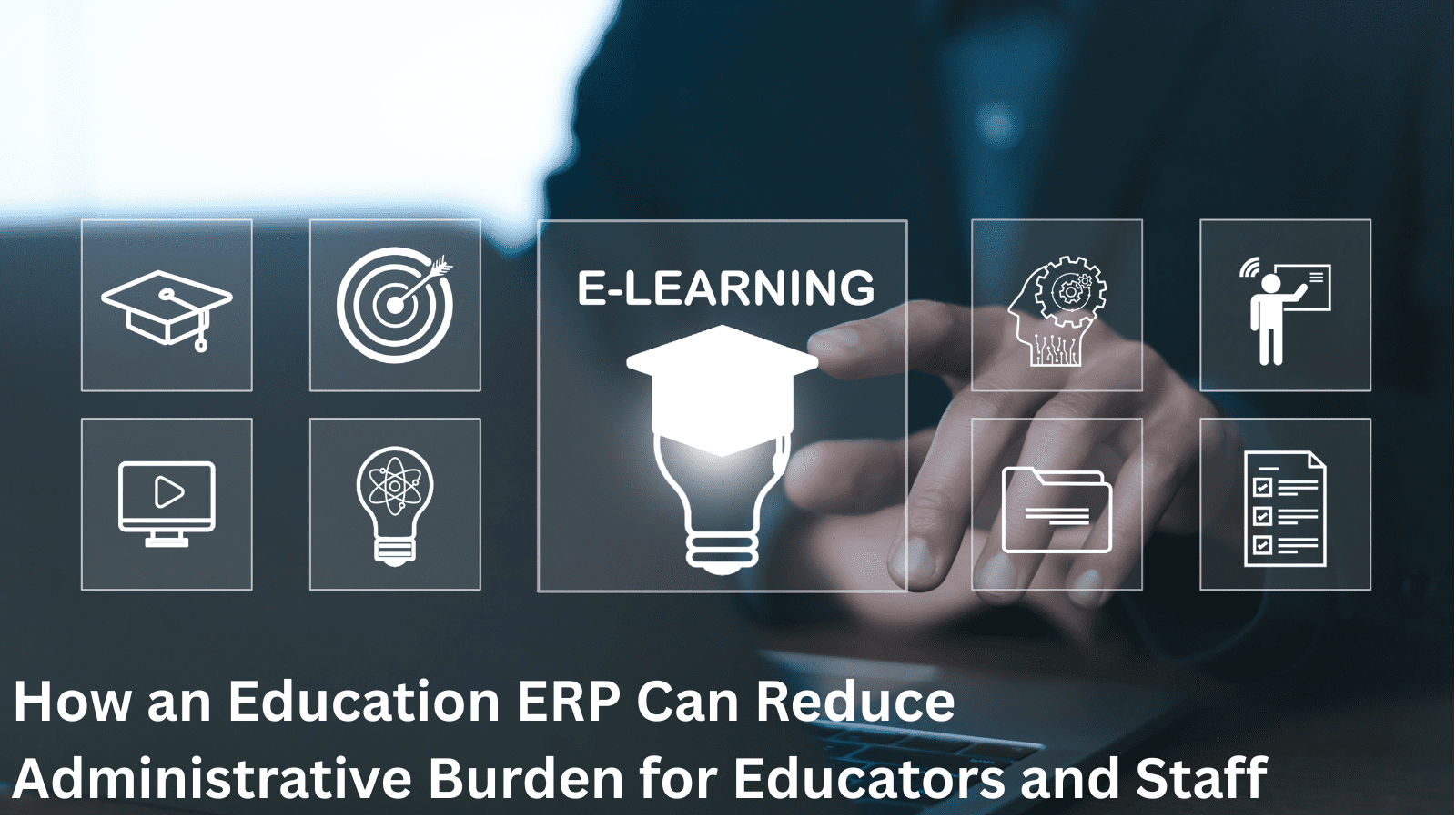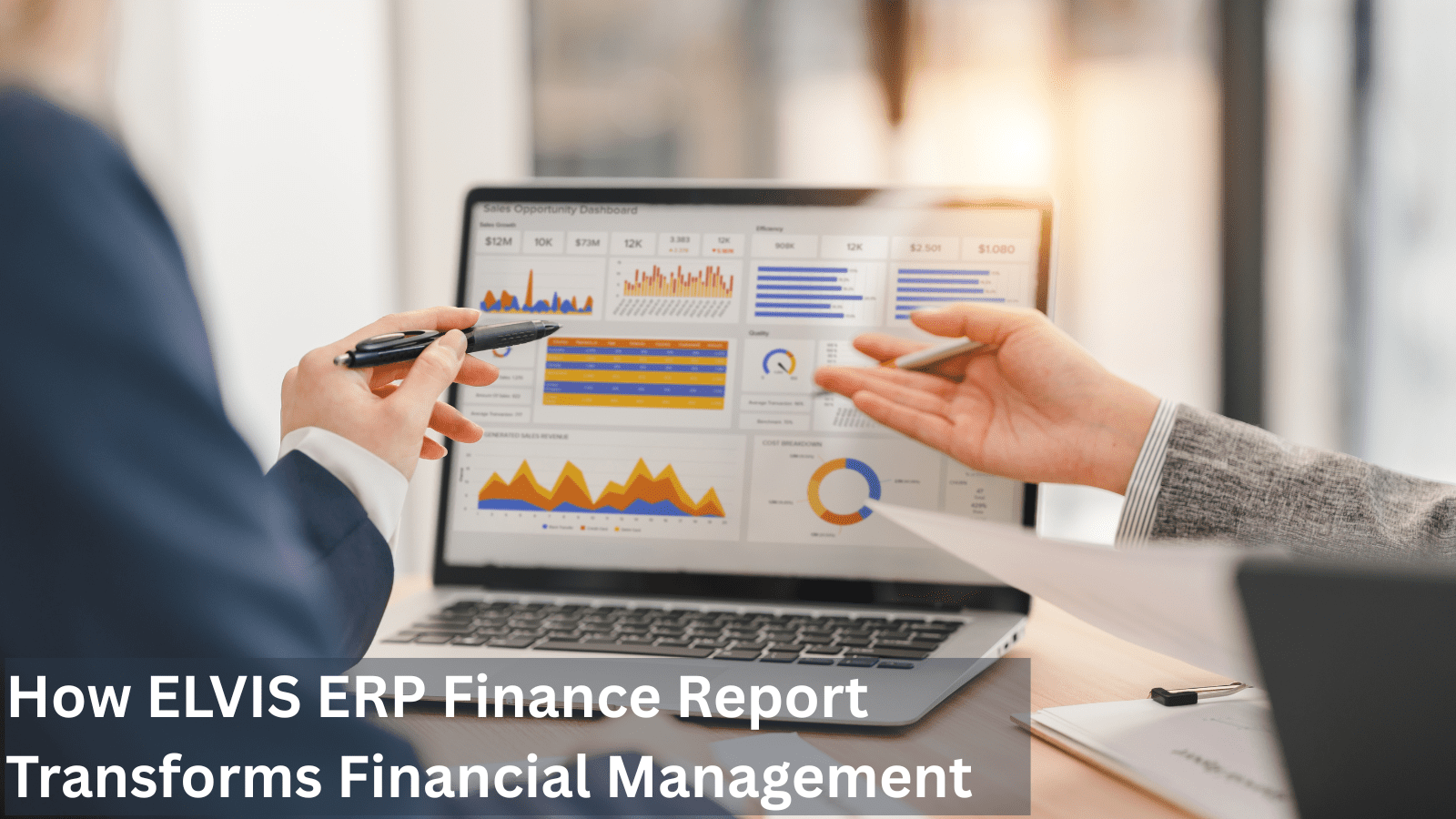Introduction
Enterprise Resource Planning (ERP) systems have become indispensable for streamlining operations, enhancing efficiency, and maintaining a competitive edge in the automotive sector. However, the successful integration of an ERP system into the complex framework of an automobile manufacturing or distribution process requires careful planning and execution.
In this blog, we will dive into proven best practices for optimizing Automobile ERP implementation, ensuring a seamless integration that drives excellence.
Understanding the Automobile ERP Landscape
Before delving into the best practices, it’s crucial to understand the requirements of the automobile industry. The sector involves supply chain management, production planning, inventory control, and extensive regulatory compliance. A robust ERP system tailored to these specific needs can significantly enhance productivity and decision-making processes.
Best Practices for Automobile ERP Implementation
Comprehensive Needs Assessment
Starting an ERP implementation journey begins with a thorough understanding of the organization’s unique requirements. Engage key stakeholders from different departments to identify pain points, challenges, and outcomes. A comprehensive needs assessment ensures that the chosen ERP solution aligns with the company’s objectives and addresses specific industry challenges.
According to a study by Panorama Consulting Solutions, 48% of organizations that conducted a comprehensive needs analysis before ERP implementation reported a successful outcome.
Selecting the Right ERP Solution
Choosing the right ERP solution is pivotal to a successful implementation. The selected system should be scalable, flexible, and specifically designed to cater to the intricacies of the automotive industry. Consider factors such as user-friendliness, integration capabilities, and vendor support.
A report by Gartner states that organizations that invest time in selecting the right ERP solution are 35% more likely to achieve successful implementation.
Engaging End Users Early
The success of an ERP system heavily relies on end-user adoption. Engaging end users early in the implementation process helps in fostering a sense of ownership and reduces resistance to change. Conduct training sessions, create user-friendly interfaces, and provide ongoing support to ensure a smooth transition.
According to a survey by TechTarget, organizations that prioritize end-user training and engagement during ERP implementation experience a 40% increase in user satisfaction.
Data Migration and Cleansing
Accurate and clean data is the core of any ERP system. Invest time in data migration and cleansing to ensure that past and current data seamlessly transitions into the new system. This process reduces the risk of errors and enhances the overall efficiency of the ERP solution.
The Harvard Business Review reports that 47% of ERP failures are attributed to data-related issues, emphasizing the critical importance of data migration and cleansing.
Customization with Caution
While customization may seem tempting to meet specific business requirements, it can also introduce complexity and hinder future upgrades. Strike a balance between customization and out-of-the-box functionalities to avoid long-term maintenance challenges.
A study by ERPfocus.com reveals that 65% of organizations that minimized ERP customization reported successful implementations within the expected timeframe.
Robust Change Management
Implementing ERP systems often brings a significant organizational change. Establish a robust change management strategy that includes clear communication, stakeholder involvement, and continuous feedback. This helps in reducing resistance and ensuring a more seamless transition.
The Project Management Institute (PMI) states that organizations with effective change management are 58% more likely to meet project objectives.
Continuous Monitoring and Optimization
Post-implementation, continuous monitoring and optimization are essential for ensuring that the ERP system evolves with the organization’s changing needs. Regularly assess performance metrics, gather feedback, and leverage system analytics to identify areas for improvement.
A study by Aberdeen Group indicates that organizations with ongoing ERP optimization strategies experience a 21% improvement in operational efficiency over time.
Conclusion
Optimizing ERP implementation in the competitive automotive sector is incredibly important. By conducting a comprehensive needs assessment, selecting the right ERP solution, engaging end users, ensuring data accuracy, limiting customization, implementing robust change management, and embracing continuous optimization, organizations can pave the way for a seamless ERP integration that drives operational excellence.
As the automotive industry continues to evolve, the successful implementation of ERP systems will play a pivotal role in shaping the future of efficient, data-driven, and technologically advanced operations.
Frequently Asked Questions (FAQs) on Optimizing Automobile ERP Implementation
Why is ERP implementation crucial for the automobile industry?
ERP implementation in the automobile industry is crucial for streamlining operations, improving efficiency, and maintaining a competitive edge. It helps manage complex supply chains, production planning, inventory control, and regulatory compliance, fostering overall business growth.
How can organizations ensure a successful ERP implementation in the automotive sector?
Success begins with a comprehensive needs assessment, careful selection of the right ERP solution tailored to the industry, early engagement of end-users, thorough data migration, and robust change management strategies. These practices ensure a seamless transition and long-term success.
What challenges does the automotive industry face during ERP implementation?
Challenges include data migration issues, resistance to change, and the need for customization while avoiding excessive complexities. The industry’s intricate processes demand careful consideration to ensure a successful ERP integration.
Why is end-user engagement critical in ERP implementation for the automobile sector?
End-user engagement is vital for successful ERP adoption. Involving users early fosters a sense of ownership, reduces resistance to change, and ensures that the system aligns with user needs. This leads to increased satisfaction and optimal system utilization.
How important is data migration and cleansing in ERP implementation?
Data migration and cleansing are fundamental as accurate and clean data is essential for an ERP system’s functionality. Proper migration reduces the risk of errors, ensures historical data accuracy, and contributes to the overall efficiency of the ERP solution.
Is customization recommended in ERP implementation for the automotive industry?
Customization should be approached with caution. While it can address specific business requirements, excessive customization may introduce complexities and hinder future upgrades. Striking a balance between customization and out-of-the-box functionalities is advisable.
What role does change management play in ERP implementation?
Change management is crucial in ERP implementation to mitigate resistance to organizational change. Clear communication, stakeholder involvement, and continuous feedback mechanisms are essential to ensure a smooth transition and successful adoption of the new system.
How can organizations ensure ongoing success post-ERP implementation?
Continuous monitoring and optimization are key post-implementation. Regularly assess performance metrics, gather feedback, and leverage system analytics to identify areas for improvement. Ongoing optimization ensures the ERP system evolves with the organization’s changing needs.
What are the consequences of inadequate data-related processes during ERP implementation?
Inadequate data-related processes can lead to ERP failures. The Harvard Business Review reports that 47% of ERP failures are attributed to data-related issues, emphasizing the critical importance of data migration and cleansing.
How can organizations measure the success of ERP implementation in the long term?
Success can be measured through improved operational efficiency, user satisfaction, and the system’s ability to adapt to changing business needs. Ongoing monitoring, feedback loops, and key performance indicators help gauge the long-term impact of ERP implementation in the automobile industry.








